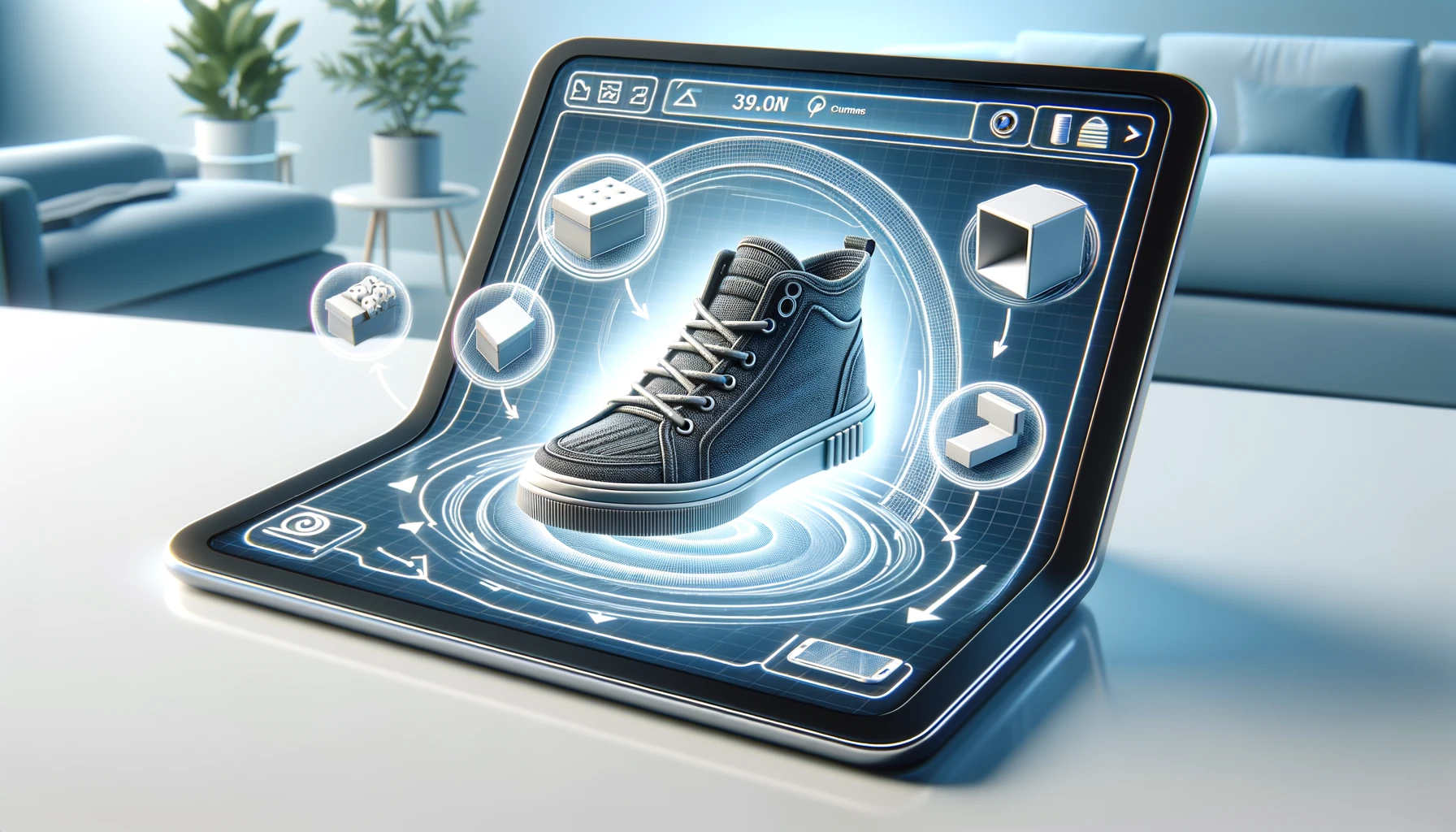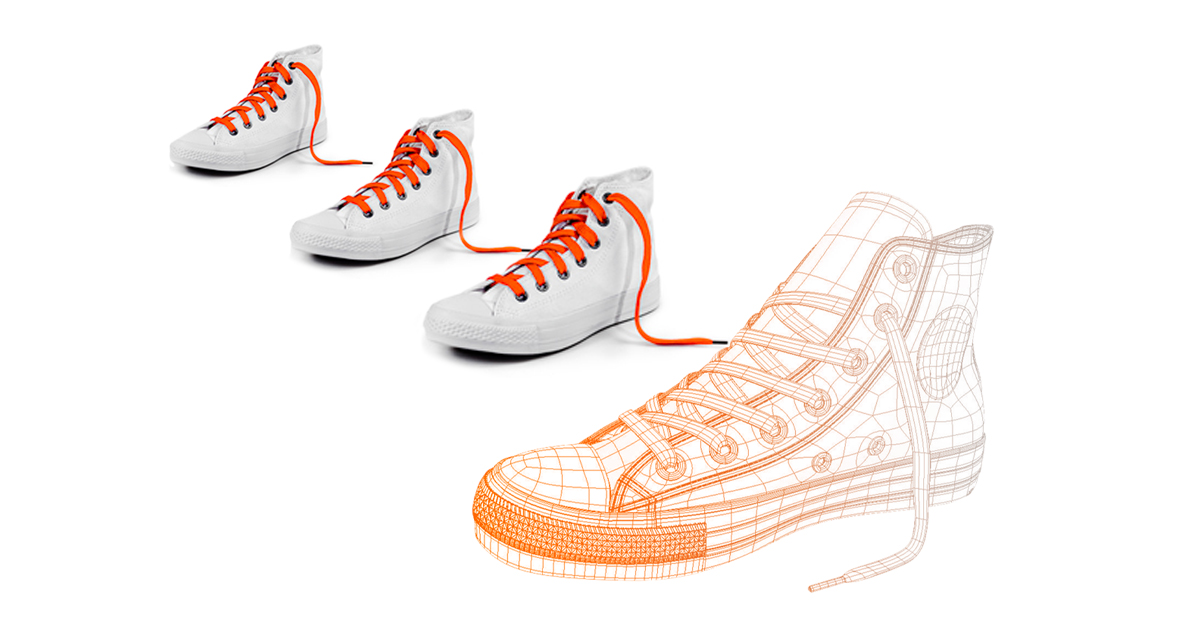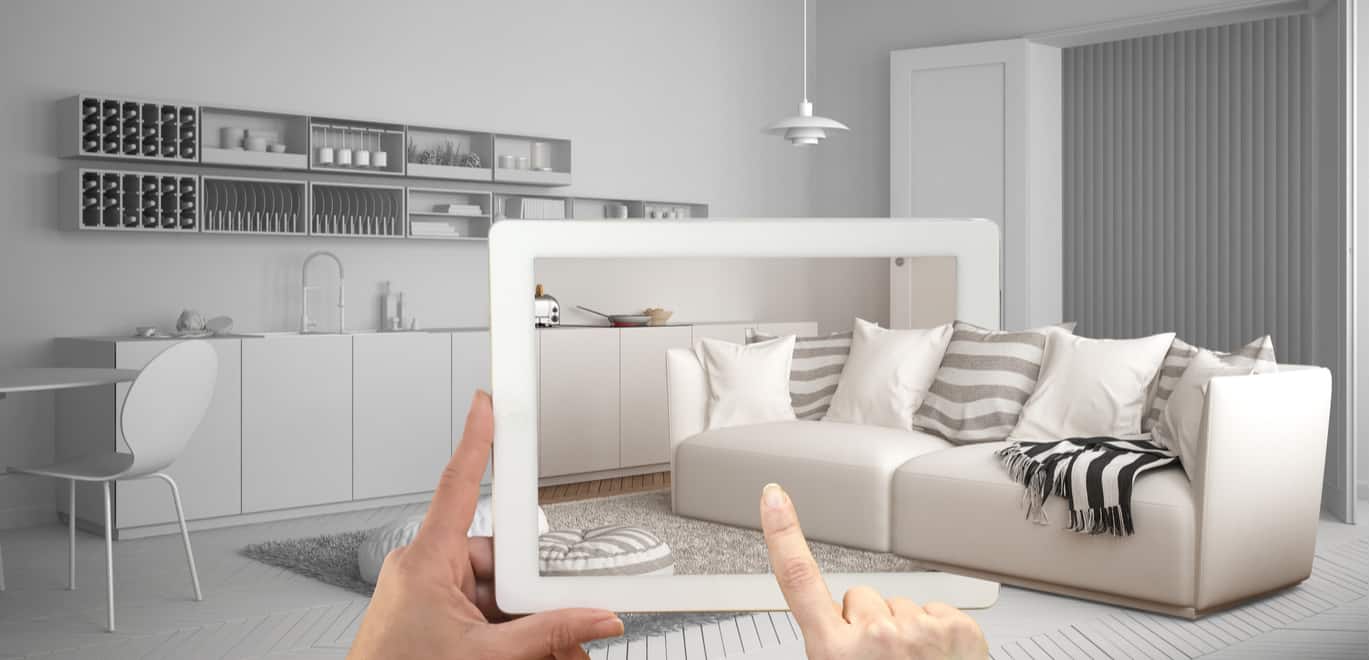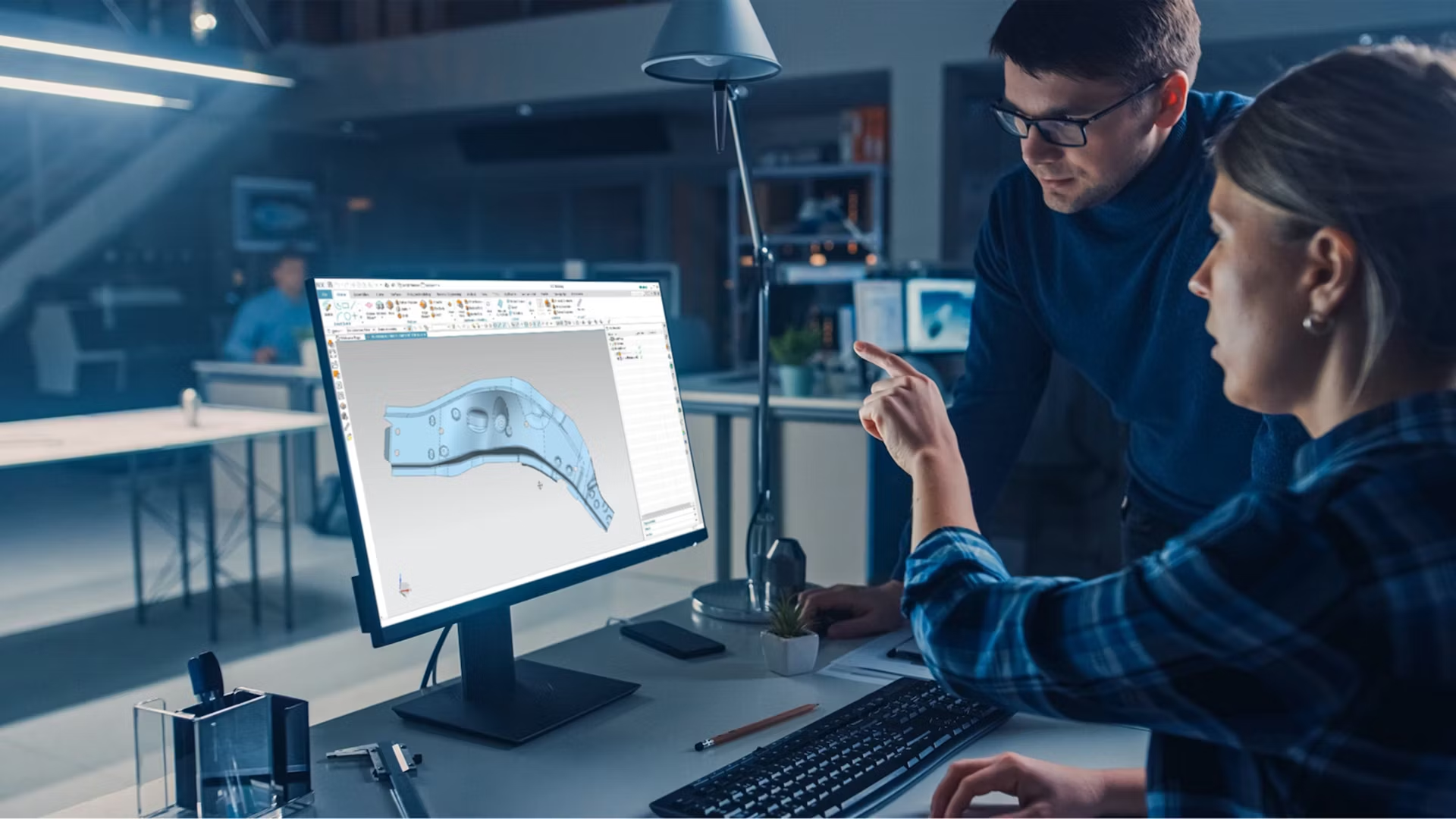
How 3D Ecommerce Helps Online Retailers: A Comprehensive Guide (With Benefits and Challenges of 3D Ecommerce)
Introduction

Have you ever hesitated to make a significant online purchase due to uncertainties about whether the product would meet your expectations? While online shopping offers convenience, the inability to interact with products in person can impact conversion rates and lead to increased returns.
In light of this, innovative methods that can replicate the in-person shopping experience hold substantial value for both online businesses and consumers. 3D ecommerce is one of the prime exmples allowing online retailers showcase their products in an immersive and interactive way, but it also comes with some challenges. In this blog, we will explore the world of 3D ecommerce, how it works, the benefits it can bring and its challenges.
What is 3D Ecommerce?

3D ecommerce, also known as 3D product visualization, refers to using 3D technology to support online shopping. Ecommerce businesses can use 3D models to help online shoppers visualize products, view products from multiple angles and perspectives, zoom in and out, and even rotate and interact with them in real-time.
Retailers that offer customized products can also let clients create their customized prototypes with the help of 3D configurators before making a purchase.
How does 3D Ecommerce Work?
Integrating 3D ecommerce into business requires two steps: creating 3D models of the products and building a virtual enrironment where customers can interact with digital models. Here's a breakdown:
1. Create 3D Models of Products

To support 3D ecommerce activities, 3D product models need to be created first. Here are some popular strategies:
- 3D Scanning: 3D scanners use light to map the surface of physical objects. Essentially, the scanner emits light toward the object and records data about the distance of each surface point from the scanner's lens. The scanner then uses this data to create a digital 3D model of the real product.
- AI Rendering: Once the 3D model is created, AI rendering techniques can be employed to produce realistic product images. This involves exporting different sections of the 3D model in image format and using functions such as sketch rendering to transform these drafts into photorealistic product renderings. This technology allows for quick visualization of how the product will look in real life, aiding in design iteration and presentation.
- Photogrammetry: Photogrammetry uses a digital camera to capture images of a physical object from multiple angles and feeds these reference photos to a photogrammetric software program. The software then converts the 2D images to a 3D digital model.
- 3D Design: Unlike 3D scanning and photogrammetry, 3D design doesn't involve measuring an existing object. Instead, a graphic designer uses product specs, images, or prototypes to create a 3D CAD file of the item.
- 3D AI Generator: 3D AI generators let you build 3D product models without any specialized equipment or experienced professionals. For example, Tripo AI is a 3D Foundation Model that generates detailed, pipeline-ready 3D models from text and/or image prompts in just 8 seconds, and refines the model in 5 minutes to match professional quality output. With Tripo AI, you can easily convert 2D images of your products into 3D models with one-click. Simply upload one single image of product and wait to get your AR and virtual try-on ready 3D models within seconds!

2. Develop a Virtual Space

Once you create your 3D product models, develop a virtual space where customers can interact with your products. Here are three examples:
- 3D Viewers: A 3D viewer — often referred to as a 3D visualization tool or software — is an application that allows users to see products from multiple angles, rotate them, and, in some cases, apply and view customizations. For example, a user might interact with a 3D model of a sofa in a web browser to get a better sense of its shape and dimensions.
- Augmented Reality (AR): AR technology overlays digital imagery onto a user's device's view of their immediate surroundings, integrating virtual elements with real-world inputs. For example, a furniture retailer might develop a mobile phone application that shows images of products in the consumer's own environment. When the consumer points their phone's camera at the floor, the application uses the 3D product model to layer an actual-size image of a bed onto the live camera feed.
- Virtual Reality (VR): Virtual reality simulates the physical experience of interacting with a space or an object. For example, a business might simulate an in-store shopping experience by creating avirtual showroom or a 3D physical store model, allowing customers to navigate the space and view individual items. VR can also allow users to view an item from different angles by simulating the experiences of walking around the item. However, this immersive experience is accessible only with VR headsets or glasses.
Benefits of 3D Ecommerce
The ability to view actual or potential products can increase engagement and enable next-level product customization and collaborative design. Here are some benefits of 3D ecommerce:
1. Engagement redefined: Increasing conversion rate

The ability to interact with the models, visualize customization options, and explore different angles and details can significantly increase conversion rates.
Research by Charged Retail shows that businesses employing 3D visualization in their ecommerce websites experience up to a 94% conversion lift on average.
This indicates that customers are more likely to purchase when they can visualize and interact with products in a three-dimensional space.
2. Accuracy enhanced in representation: Decreasing returns

Product returns are a major pain point for online retailers. Customers often face surprises upon delivery, such as the furniture not fitting properly or looking different than expected.
3D eCommerce can help mitigate this issue.
According to a study by Shopify companies that utilize 3D visualization experience a 5% decrease in return rates, primarily because customers have a better understanding of the product before making a purchase.
With 3D, customers can visualize products more accurately, allowing them to see the products in a more realistic way before making a purchase.
This can help to reduce the chances of returns due to incorrect expectations, resulting in customer satisfaction and loyalty.
3. Pre-development pitching and product testing

Ecommerce businesses can also use 3D technology to pitch products to clients or investors before the product development phase. CAD simulations can help test product models and identify design flaws or vulnerabilities, allowing product development teams to address issues before developing a physical sample or going to market.
Challenges of 3D Ecommerce
1. Time and Cost
The cost of creating 3D models could be a burden for most businesses. On average, a simple 3D model will cost from $40 to $200, while a more complex model costs from $200 to $1000, let alone the time waiting to digitalize a whole product catalog.
Our solution: With Tripo AI, the time and high cost can be saved as you can generate your ready-to-use 3D models for free within seconds by simply uploading one picture of each product. You can also install Tripo API to your server to explore the full potential of Tripo and a seamless integration of AI generated 3D contents to your projects.
2. User Education
If users are not familiar with 3D or AR before, they may face difficulties on how to navigate and interact with 3D models, which can even result in bad customer experience.
To overcome this challenge caused by users' unfamiliarity with 3D, it is essential to provide them with a user-friendly interface and interactive demos that demonstrate how to navigate and interact with 3D models.
Conclusion
In summary, the rise of 3D ecommerce marks a pivotal moment for online retailers. Offering an immersive product experience, it addresses common challenges like uncertainty and product returns. Through detailed 3D models and virtual environments, consumers can engage with products like never before, enhancing conversion rates.
While the benefits are clear, challenges such as costs and user education require strategic solutions. Tools like Tripo AI emerge as game-changers, providing cost-effective and rapid 3D model generation. Try Tripo AI today and embark on a new era of online retail experiences!
- Official Website: https://www.tripo3d.ai
- Twitter: https://twitter.com/tripoai
- Medium: https://medium.com/@thegodtripo
- Discord: https://discord.gg/chrV6rjAfY